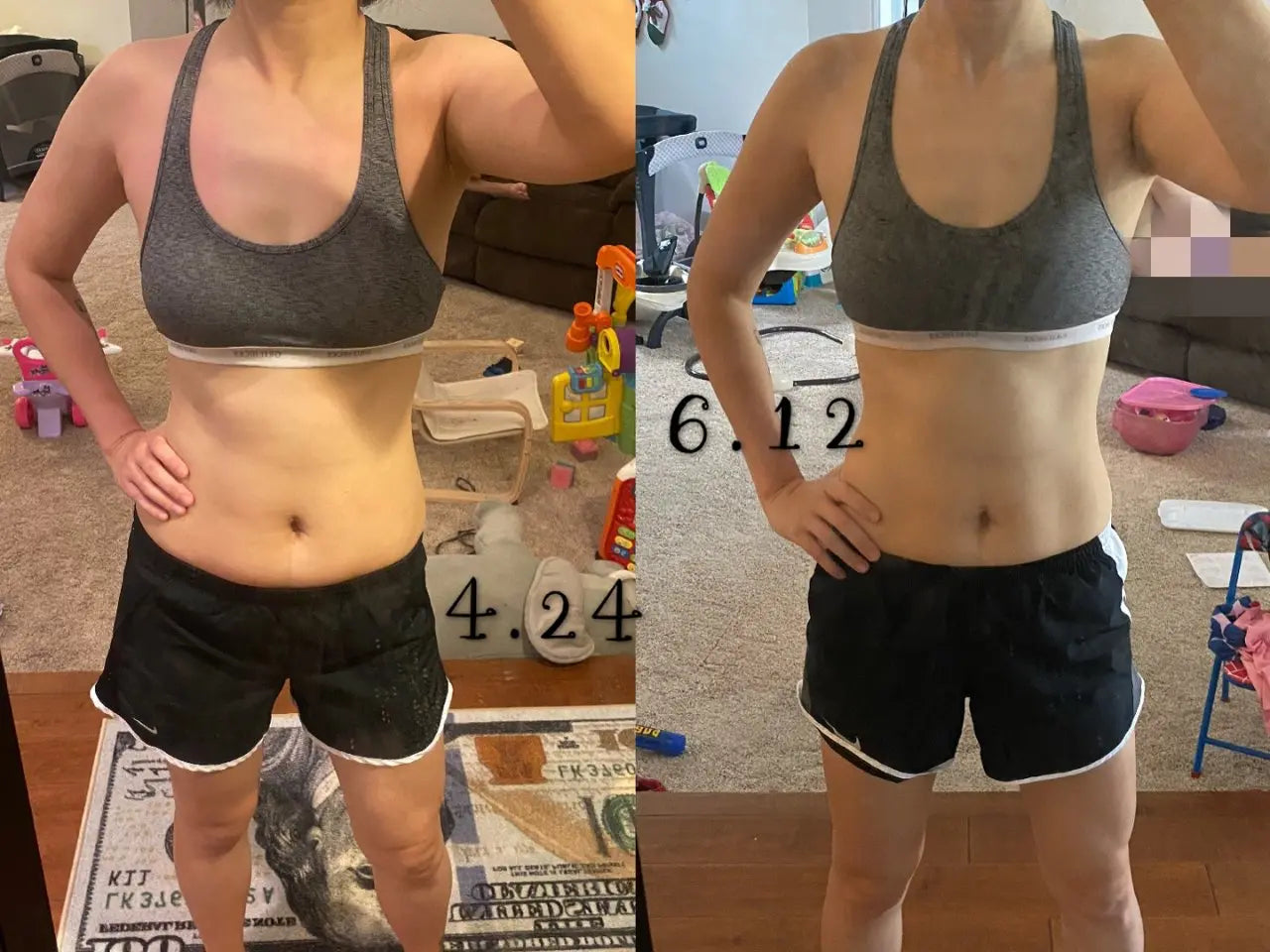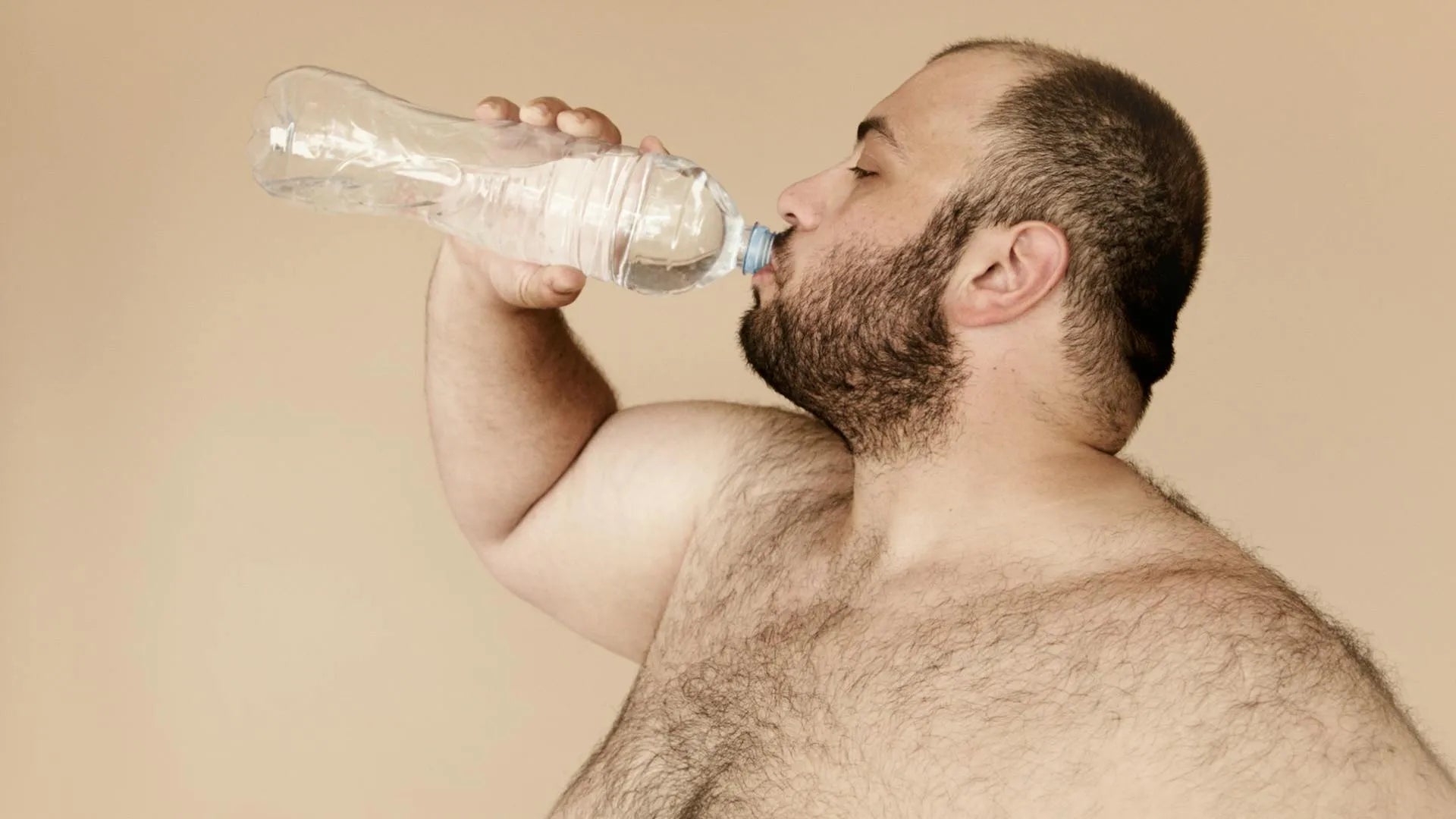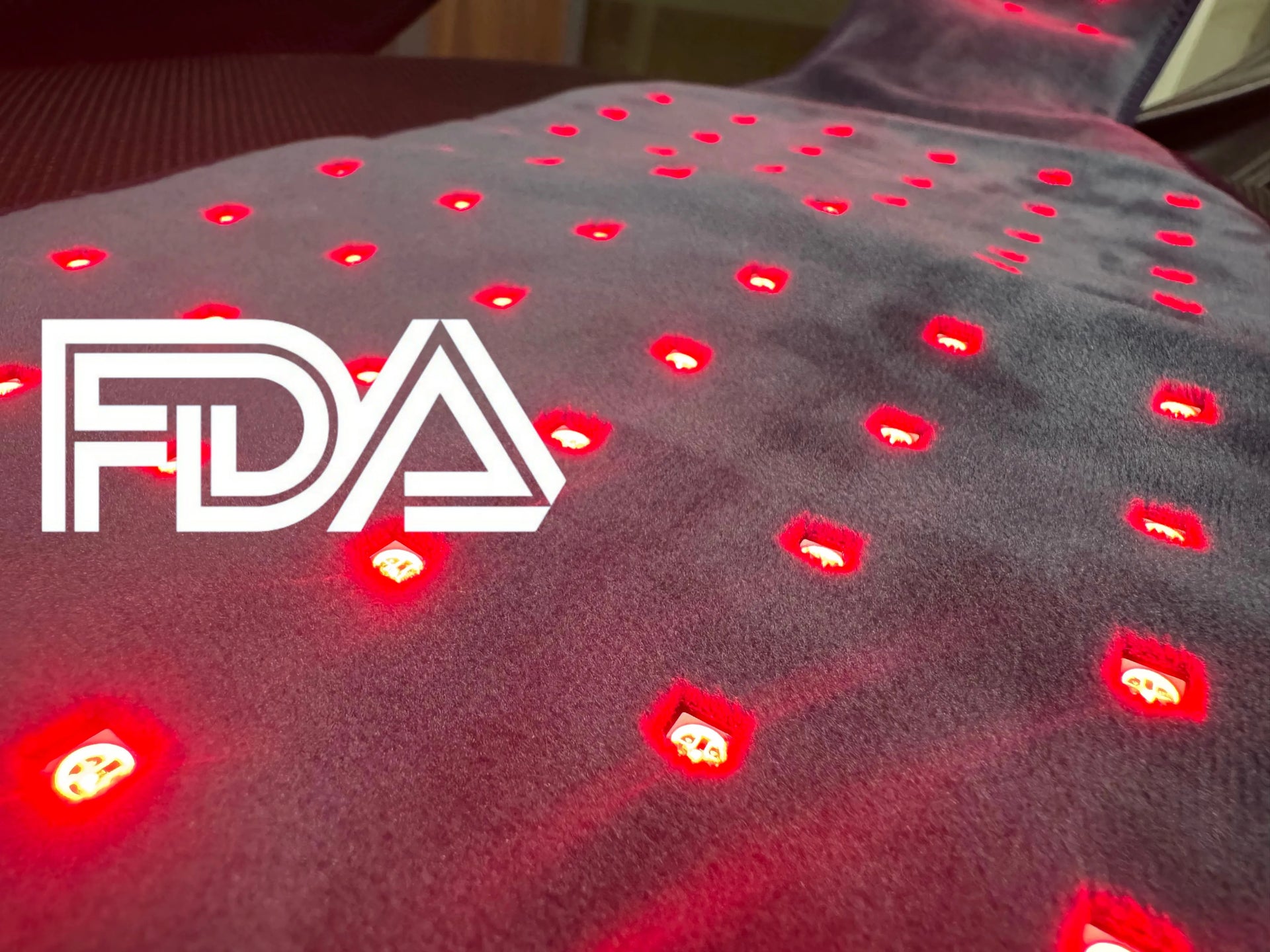Red light therapy (RLT) has been gaining popularity as a non-invasive treatment with various health benefits. Among its many claims, one that stands out is its potential for burning fat and improving body contours. But is red light therapy effective for fat loss? Let’s break down what it is, how it works, and what the research says about its fat-burning capabilities.
What is Red Light Therapy?
Red light therapy employs low-level red (660nm) and near-infrared (850nm) wavelengths to penetrate the skin, activating a range of cellular activities and processes. Unlike UV rays, which can damage skin, red light doesn’t cause harm. Instead, it boosts the function of mitochondria—the powerhouses of your cells—by increasing energy production. This, in turn, promotes healing, reduces inflammation, and may even help enhance fat metabolism.
Red light therapy is not a miracle cure for weight loss. However, it may help the body in several ways. It can improve skin health, support tissue recovery, and possibly assist in burning fat.
How Does Red Light Therapy Affect Fat?
660nm Red Light Effects
This wavelength primarily targets the surface layer of the skin. It helps improve circulation, enhance skin health, and reduce the appearance of cellulite by stimulating collagen production.
850nm Near-Infrared Light Effects
The near-infrared wavelength penetrates deeper into the body, reaching the fat layers beneath the skin. This is the point where true fat burning occurs.
By stimulating the mitochondria in fat cells, the 850nm light helps these cells release stored fat in the form of fatty acids. The body transports these fatty acids to the bloodstream.
Once in the bloodstream, the body uses the fatty acids as energy. This process supports fat metabolism, which can be especially effective when combined with regular exercise and a healthy diet.
What Does the Science Say About Fat Loss?
When your body gets specific red light wavelengths, your fat cells temporarily “unlock” and let out stored fat. Your body can then process that fat more easily as part of your natural metabolism. It’s not instant weight loss, but it helps boost your metabolism and makes shaping problem areas, like the stomach or hips, more effective.
How to Choose the Right Red Light Therapy Device
If you’re new to red light therapy, here are the 4 things that truly matter when picking a device:
1. Enough Light Power
Choose a device with steady, strong light. Devices with low power won't penetrate your fat or muscles, resulting in no noticeable outcomes.
2. Two Wavelengths Are Better Than One
Look for 660nm red light + 850nm near-infrared light:
- 660nm = improves skin (wrinkles, texture, cellulite)
- 850nm = goes deeper for fat burning, pain relief, and muscle recovery
3. Device Size
- Bigger devices (like belts or mats) = cover more area, faster results.
- Small handhelds = fine for small spots, but slower for larger goals.
4. Safety First
Select a gadget that is FDA-approved and emits low EMF. This suggests it has been assessed, is safe, and appropriate for extended use.
Is Red Light Therapy Worth Trying?
Yes, it’s definitely worth adding to your routine if you want to boost fat loss, improve skin health, and speed up muscle recovery. A safe, science-backed therapy exists.
If you eat well and exercise often, red light therapy can help with stubborn fat, muscle soreness, and skin health.
Devices like the RICIAL red light therapy systems offer professional-grade LEDs and dual wavelengths for full-body treatment. These devices can help maximize fat-burning potential, while also improving overall wellness from the comfort of your home.
Conclusion
Red light therapy can help boost fat metabolism and shape the body. Nevertheless, it is not a standalone solution for losing weight quickly. When combined with a healthy diet, regular exercise, and good sleep, it can give you faster, more noticeable results.





